Rice is probably the most popular cereal with many varieties. Most commonly in Europe, several types of white rice are used for cooking. At the same time, in Asian cuisine, rice is represented in a wider range, since rice dishes are traditional in that part of the world.
Whole grain or also brown rice is a variety with a whole, more natural grain, without milling. It is rich in fiber and contains only 10 percent vegetable protein. It also contains niacin, thiamin, riboflavin, folic acid, minerals such as potassium, magnesium, phosphorus, selenium, zinc and other nutrients.
Wholegrain rice has a beneficial effect on the body's defenses, improves the function of the nervous, circulatory and digestive systems. The brown surface of the rice grains gives it a characteristic color and nuance on the taste buds.
How to cook wholegrain rice?
Unlike white rice, which cooks faster and this is its only significant advantage, brown rice does not like being cooked quickly, it is a product that must be cooked over low heat and it is this philosophy that is more characteristic of Asian cuisine.
While white rice takes on the flavor of the ingredients of the dish, the characteristic flavor of the brown rice is not lost, but creates a harmonious taste with the spices.
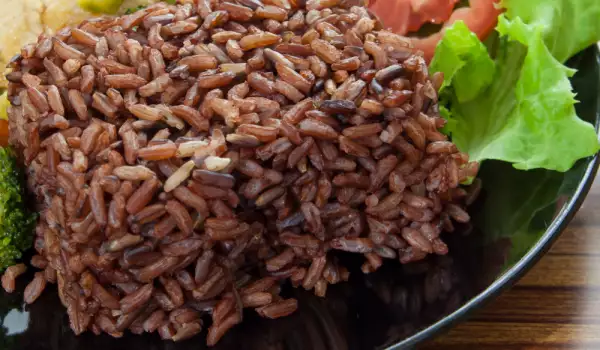
The only difficulty in cooking wholegrain rice is the long soaking and washing. As a rule, it is recommended to change the water twice during cooking and washing the rice. The rest of its cooking is no different from cooking ordinary white rice.
It is better to prepare wholegrain rice in advance by soaking it overnight. Rinsing during cooking can be done when rice is prepared as a side dish for meat or fish. This variety has one significant advantage: it does not soften, the dishes have a crumbly texture. Wholegrain rice reduces the calories consumed and improves the nutritional value of the dish.
Here are some practical tips for cooking wholegrain rice:
- Add 2 cups of water to a cup of pre-soaked rice. It is not recommended to add water to the rice during cooking. If it turns out that the water is not enough, the pot is removed from the stove, the lid is closed and left for several hours. The water will not boil but will be absorbed by the rice.
- The longer the grain of rice, the crumblier the rice garnish will be.
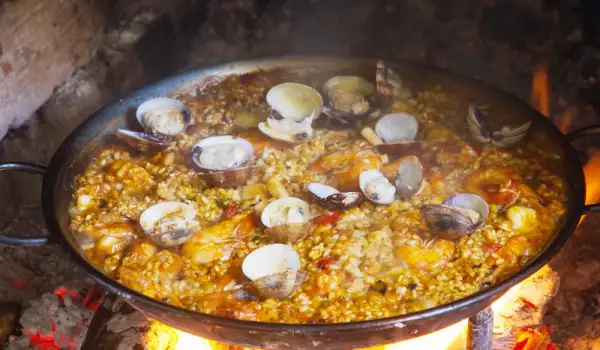
- If during the cooking of the rice it is noticed that the water has become too cloudy, this indicates a poor quality of the grain. Then the pot is removed from the stove, the cloudy water is strained and the rice is rinsed in a colander. Place it in a pan, add a little boiling water to stew it, add butter, stir and put it on low heat for 2-3 minutes, covered with a lid.
These techniques will help you prepare:
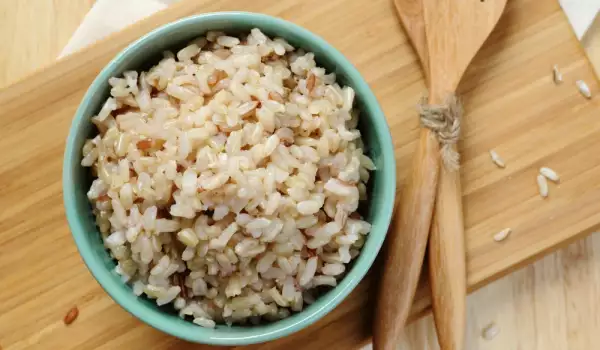
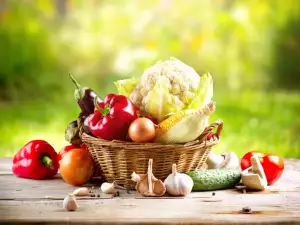
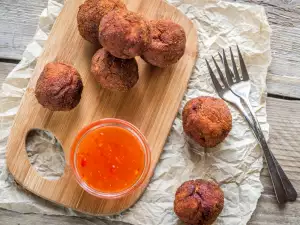
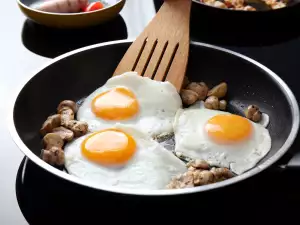
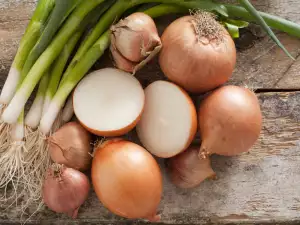
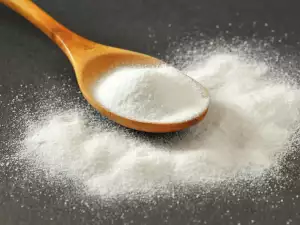
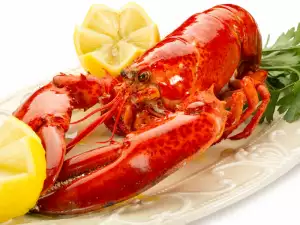
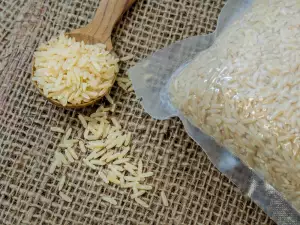
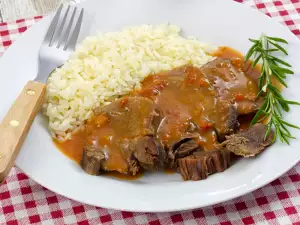
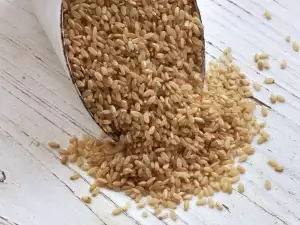
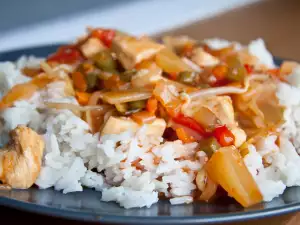
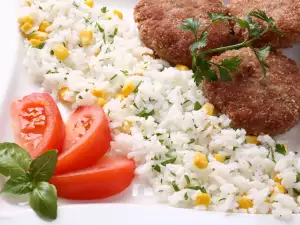
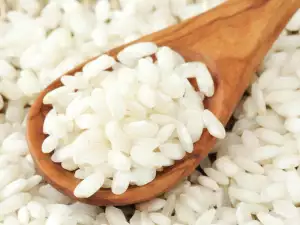
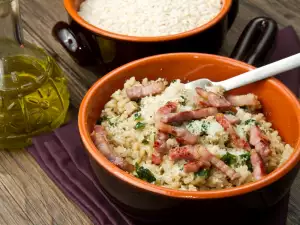
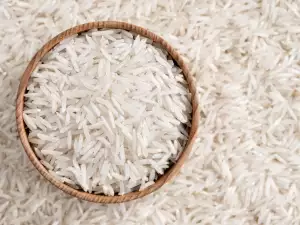
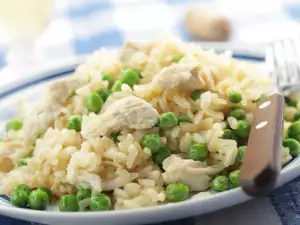




Comments